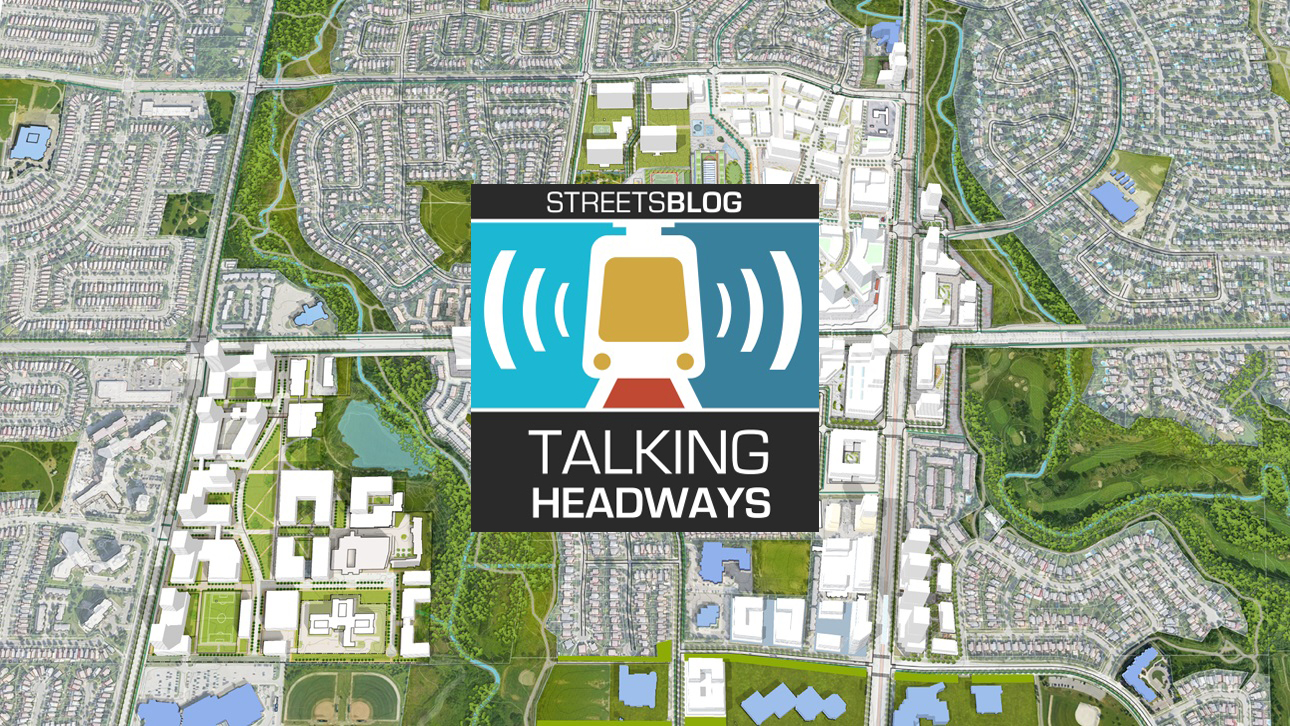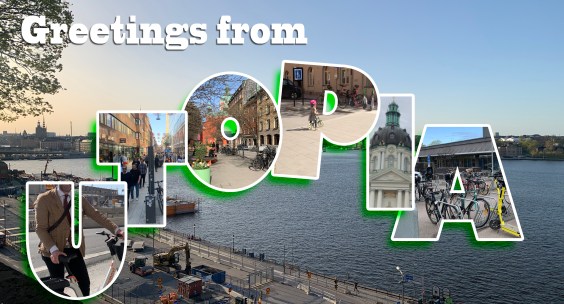This week we’re joined by Yvonne Yeung to talk about the Urban Land Institute's recent report, Building 15 Minute Communities: a Leadership Guide. We chat about how the guide can help create good development that reduces the need to drive, and supports our climate emissions reduction goals.
A full, unedited transcript of our conversation can be found here. A partial transcript is under the audio player below.
Jeff Wood: I really liked, in the report, where you talked about the different geographies and especially, from a ULI perspective, it’s interesting to see what those geographies are, because usually it’s like the region, the city, the neighborhood, those types of neighborhoods. But you also have exurbs, malls, suburban corridors, edge cities and downtowns. Which one of those was the most interesting to you?
Yvonne Yeung: For me, the most interesting and also the most important one to put more energy in the region is the metro region scale. Across North America there are more than 400 metro regions. As part of this research, we actually study the top 55. We tried to understand what is the growth projection and also what are the infrastructure gaps. We also look at affordability as well — how is actually, you know, aging infrastructure impacting a region as a whole?
What we see is that right now, there are a lot of proposals coming down the pipeline and generally triggered by the metro region — very often it's by transit agency. But in order for the transit case to be successful, land-use decisions need to be made at the same time.
The involves the land-use decisions of multiple cities. In order to make this effective, there is opportunity to put some of the key land-use decisions upstream. For example, how many people and jobs are you looking for? What kinds of jobs — when it comes to the economy, many of the regions, they’re competing at a regional basis. Thinking about how many universities, what’s the kinds of attraction that you can create as a region? And all of those need a lot of collaboration among cities.
Another element is modal split — in order for transit to be effective, other than having difference kind of agencies work together to provide integrated service, they can agree on a modal split. Is this 20 percent, is it 30 percent? Is it 50 percent? How many of those movements are not by driving but by walking, cycling and transit? I think that’s very important.
Another piece is aging infrastructure. We know the transmission lines, for example, in certain parts of North America, are experiencing a lot of the blackouts. We know that this is only a symptom that could be happening more in the future and is really impacting not just the economy as a whole, but also life and safety as well. Particularly in tower neighborhoods when there’s a blackout, you have to find a way to get outdoors because the building can get so hot.
So now we have this initiative, some of those are coming from the Biden administration. There are a series of very progressive white papers — one of them, the title is "Game Changer initiative," particularly thinking about how we can decarbonize the supply chain. From that standpoint, how we can provide energy differently? Is there any opportunity to localize it so that you don’t need to wait for major upgrade to solve the problem, but can focus on more district-based solutions?





